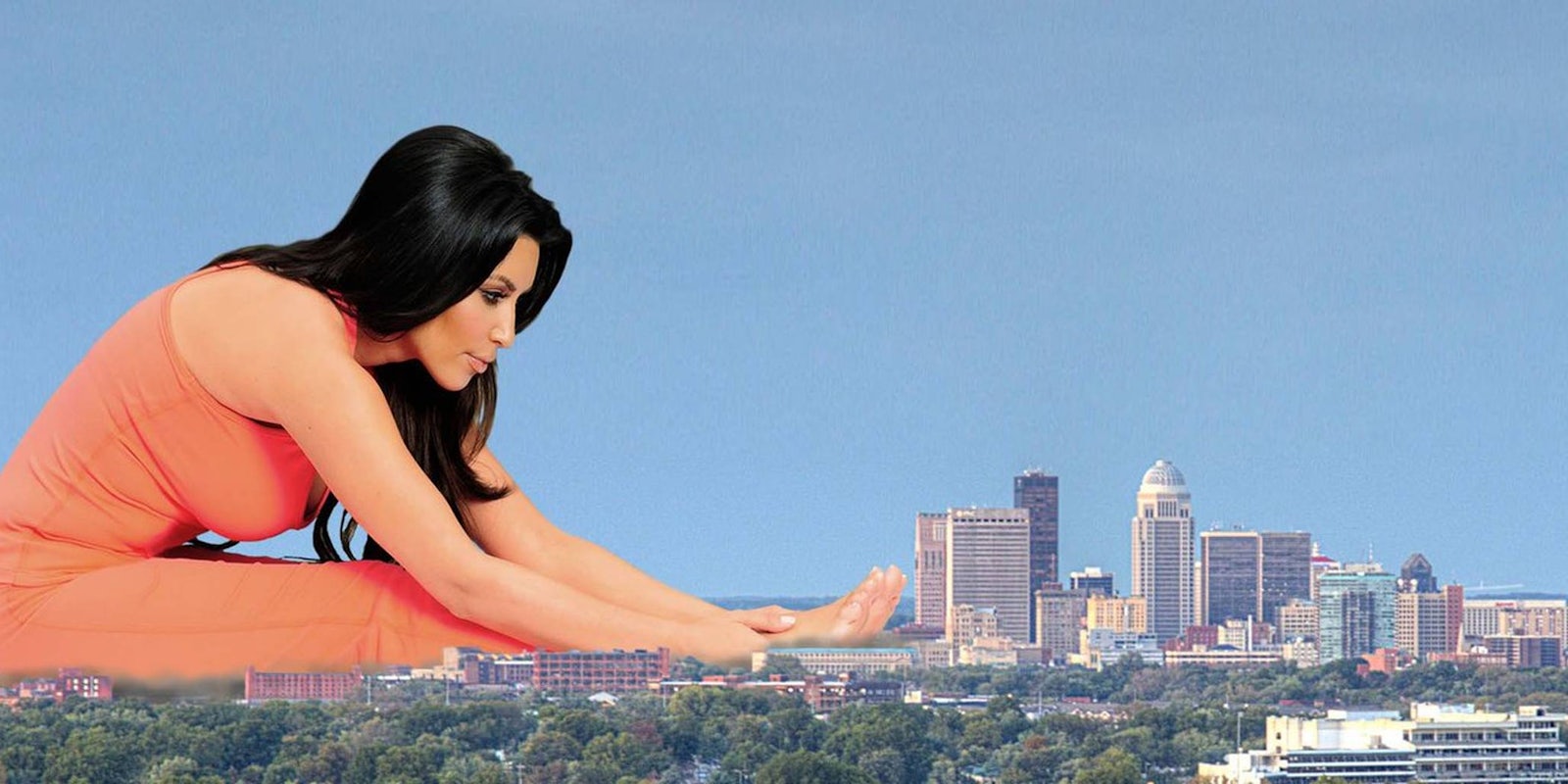I recently took all but a select handful of celebrities out of all my social media feeds. It was a careful culling, accomplished over several days, during which I weighed the costs and the benefits of having them in my stream.
The benefits of some were very clear. Lena Dunham, Kristen Bell, Rashida Jones, all brilliant women who utilize their social media to amplify important issues. Keep on the list. I’m so glad I kept Kerry Washington or I wouldn’t have seen her wonderful retort against AdWeek’s photoshopping of her magazine cover on Instagram this week. These are the kinds of voices I want to wake up and listen to each morning.
The ones who were scrapped were the reality television stars (which includes every iteration of Kardashian and second-degree relations), most pop singers and anyone who owns their own liquor company.
Five years ago, I wrote a book called Celebrity Inc., a hard-hitting look at the celebrity-industrial complex and the multitude of ways celebrities manipulate their fan base to make money—lots and lots and lots of money.
Social media has now become one of the biggest money makers for Hollywood’s 1 percent.
If I wrote that book today, it would be called Celebrity.com, since social media has now become one of the biggest moneymakers for Hollywood’s 1 percent.
I know what you’re wondering. Why did I have all of these famous people in my feed anyway? Did I try out for the Bachelorette or binge-watch Real Housewives one evening? I wish the answer were yes, but it’s actually much more nefarious than that.
Social platforms like Twitter and Instagram push celebrities hard on new users. These are the accounts that are often among the recommended people to follow when you first sign up for a new platform. Almost everyone has Justin Bieber in their Twitter feed whether they like it or not. It makes sense then that celebs grow their followers much faster than the average person.
Your next question is probably, why purge at all? Was it really so bothersome?
Yes, it was. I don’t want to feel like I’m being sold to all of the time.
I don’t want to feel like I’m being sold to all of the time.
The goodwill and intimacy a friendly social feed cultivates with fans isn’t just a positive externality, it’s a gold mine. Economists often talk about customer lifetime value (CLV), which is the net present value of the cash flows attributed to a single customer in their lifetime. In the celebrity industry a CLV used to be attributed to the things a customer would buy that a celebrity produced.
Now, more than ever before, a celebrity can maximize that CLV by figuring out all of the other things a loyal fan will buy that are tangentially associated with them, often in their social media feeds. This has been bubbling up for a long time, the celebrity product placement. In the dark, dark days before Twitter and Instagram, a celebrity would be paid by a brand to wear something or eat something and then be photographed in a magazine with it. It was good money, but pocket change.
Things are different now. Many of those celebrity magazines only sell a few hundred thousand copies at the newsstand every week, but a celebrity likely has at least triple that on Twitter and/or Instagram. Now that they’re the distributor of the content, they get the big paychecks for product placement.
There are three key ways celebrities are making money off of their social feeds and all of them are reasons the average consumer should be wary.
- Celebrities are paid directly by brands to promote products on their social media accounts. These deals can be in the millions. They make sense for brands. It’s excellent advertising.
- Celebrities are paid higher salaries for movie television record and book projects based on the numbers of followers they have and have contracts telling them how often they need to use those platforms to sell these things.
- Celebrities get almost everything for free. But, nothing is ever free in the real world. When I see comments like, “I’m so loving on these new scarves from [insert brand]” or “I can’t get enough of this “new healthy, artisanal, organic food delivery service,” I know these celebrities are being paid with everything from clothes and cars to facials and wildly expensive vacations.
It all just makes me feel used. Of course I understand that dwindling television viewership and the decline of print media means that brands need to find ways to make consumers aware of their products. It’s a new business model and it isn’t a terrible one. But it still feels sneaky. At least television and magazine ads are very clear about their purpose and their conception—a brand paid a person to hold a product in a picture or a video.
When a fan follows a celebrity on social media, they feel more connected to that celebrity. They feel like they’re following a friend, which makes sense because all of a sudden you’re given a very intimate look in someone’s personal life.
But on social media, nothing is clear-cut anymore. There are rarely identifiers marking any kind of paid celebrity endorsement in any kind of social media and that’s what’s manipulative about it. And yet that “friend” is constantly trying to manipulate you into consumption.
Jo Piazza is an award-winning journalist, editor, digital content strategist and author. She is the author of Celebrity, Inc. Her novel with Lucy Sykes, The Knockoff, became an instant international bestseller. She is currently working on a memoir entitled How to Be a Wife. Follow her on Twitter @jopiazza.


